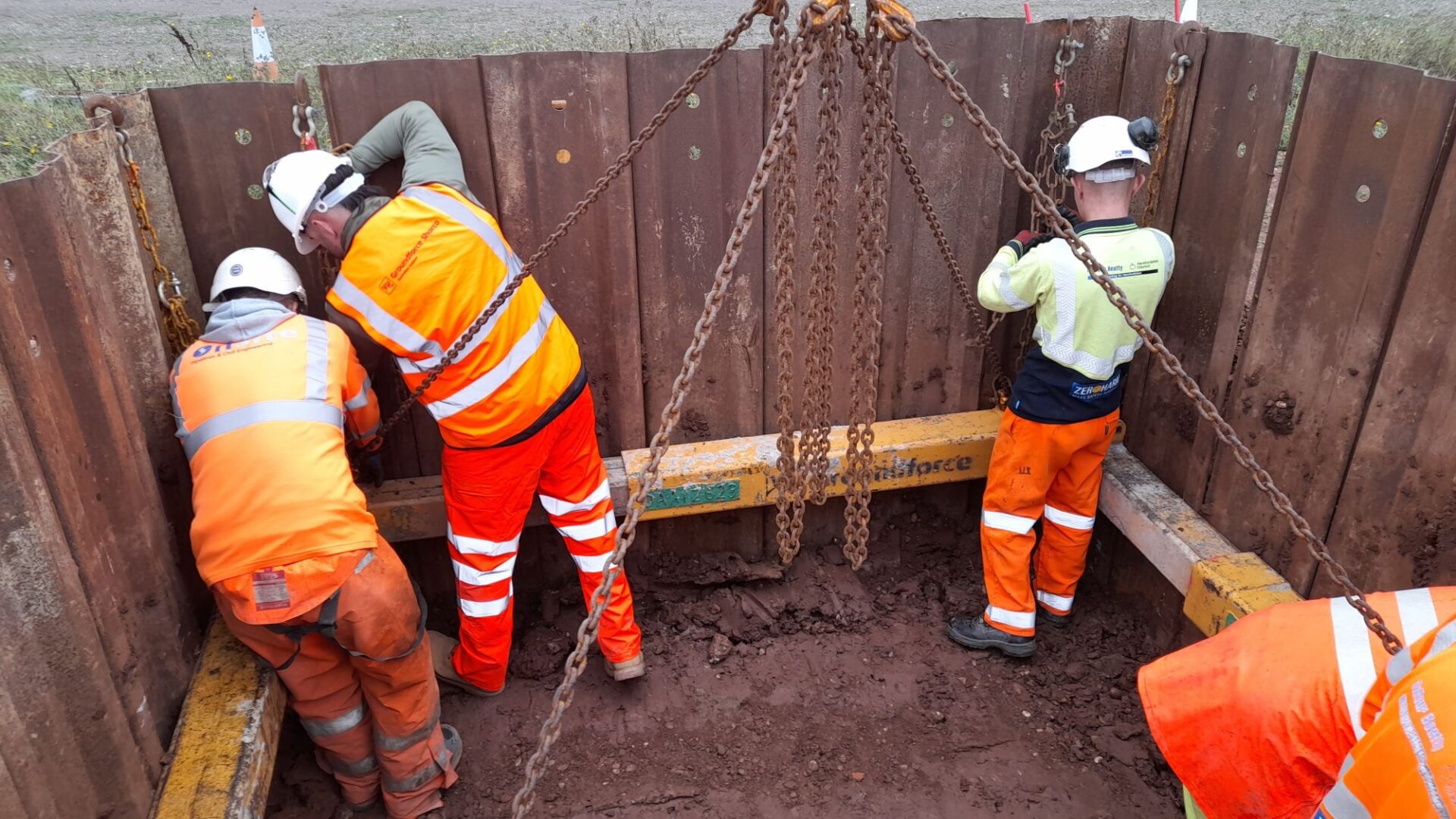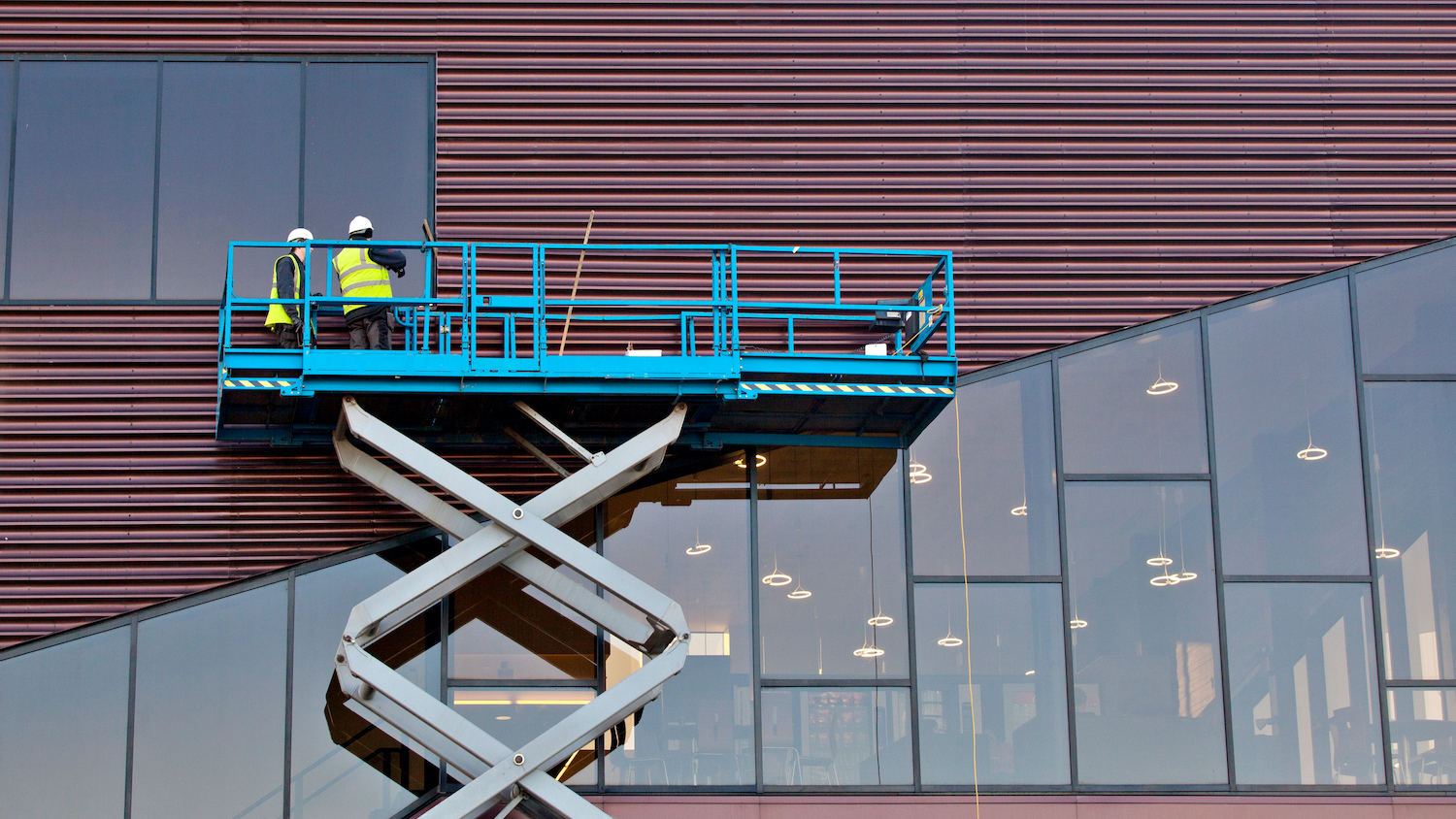Ahead of World Day for Safety and Health at Work, Chris Gearren of Groundforce Training Services looks at how to reduce worker risk during excavation work.

We recently celebrated the 50th anniversary of the Health and Safety at Work Act, a groundbreaking piece of legislation that protects all our workers. The UK was a leader in the development of international labour law during the first half of the 20th century.
But recent Health & Safety Executive (HSE) statistics show that construction still has plenty of work to do. It was by far the UK’s most hazardous industry during 2023/24, accounting 37% of all workplace fatalities. The top five causes of construction fatalities during 2023/24 were as follows:
- Falls from height.
- Struck by moving vehicle.
- Struck by moving object.
- Trapped by something collapsing/overturning.
- Contact with moving machinery.
These accidents can and do occur in excavation work. Let’s look at how construction managers can protect their workers from these risks.
Falls from height
Most excavation work requires some form of work at height and it is now commonplace for companies to hire rescue equipment such as davit arm systems. However, it is extremely rare for individuals to hold a recognised qualification for excavation rescue. Rescue plans often sit within the site office, are not shared with the workforce, and most importantly, the practice of physically rescuing workers from an excavation is rare.
Many managers believe, incorrectly, that a confined spaces qualification covers this area of work. But excavation rescue is very different from confined spaces rescue and requires a recognised excavation rescue qualification.
Struck by moving vehicle/object/machinery
According to the HSE, each year an average of seven workers die as a result of accidents involving vehicles or mobile plant on construction sites. A further 93 are seriously injured each year.
Excavation activities and projects often take place within constrained areas on construction sites, and require operatives to work around site vehicles and with plant such as 360° excavators and dumpers.
While most people think of objects or tools falling from scaffolding or buildings, the same principle applies to objects falling into an excavation. Something as small as a bolt dropped into a 6m-deep excavation is equivalent to being hit by 49.5kg at 50mph, which is enough to kill a person, even with a hard hat on.
The segregation of people and plant/vehicles, and prevention of falling objects, require appropriate planning, procedures and risk assessments. Section 18 of the Workplace (Health, Safety and Welfare) Regulations 1992 states that every workplace should be organised in such a way that pedestrians and vehicles can circulate in a safe manner.
Trapped by something collapsing/overturning
According to the Construction Plant-hire Association guidance document Management in Shoring in Excavations, an investigation into an excavation fatality found that the “ground worker was working within a 1m trench only 0.6m wide”. Just one cubic metre of displaced soil weighed approximately 1,500kg.
Many people feel they understand the dangers of soil collapsing when shoring systems are not utilised, but few appreciate that even relatively small amounts of material collapsing can cause life-changing injuries or even fatalities.
Chris Gearren is director at Groundforce Training Services.











